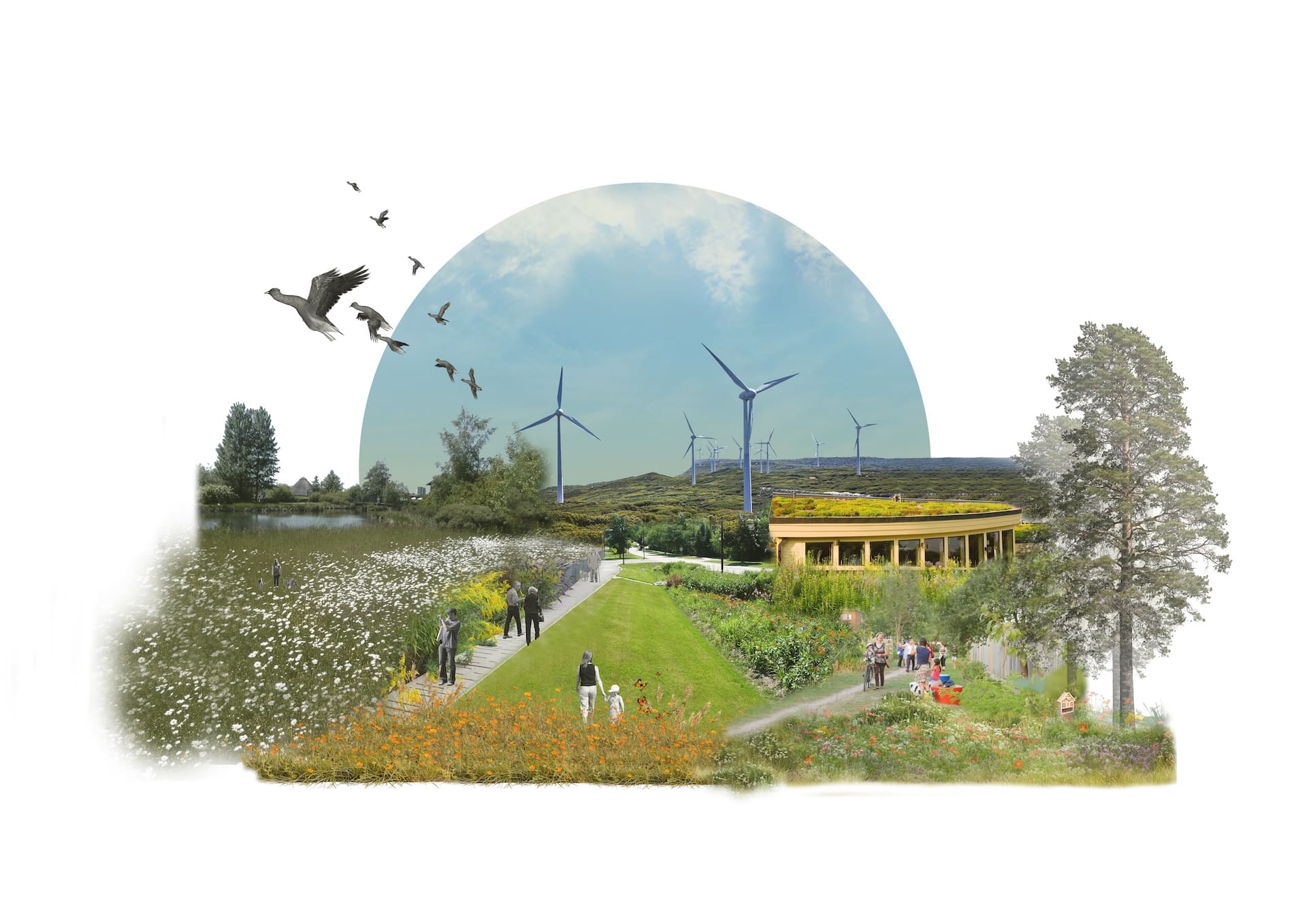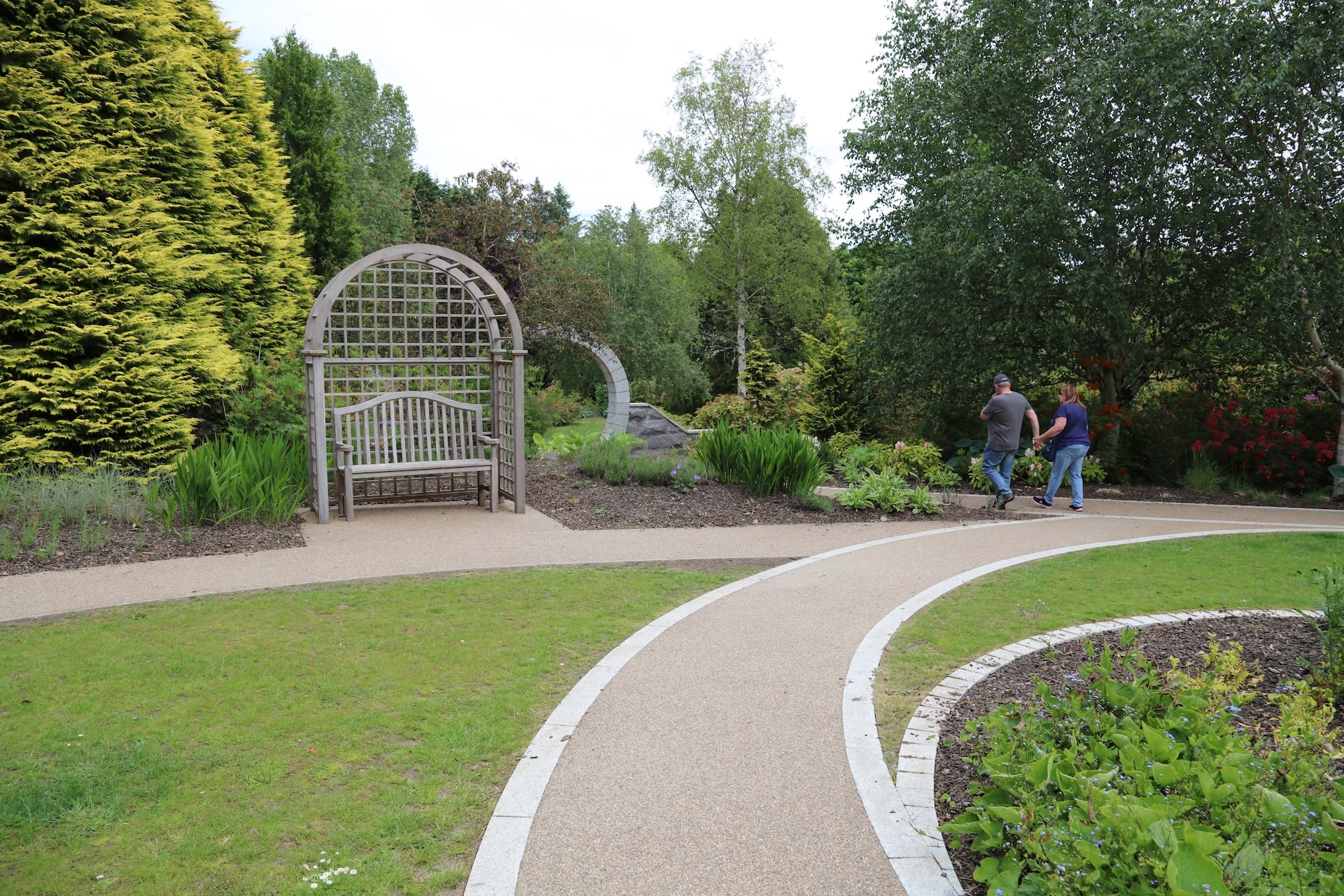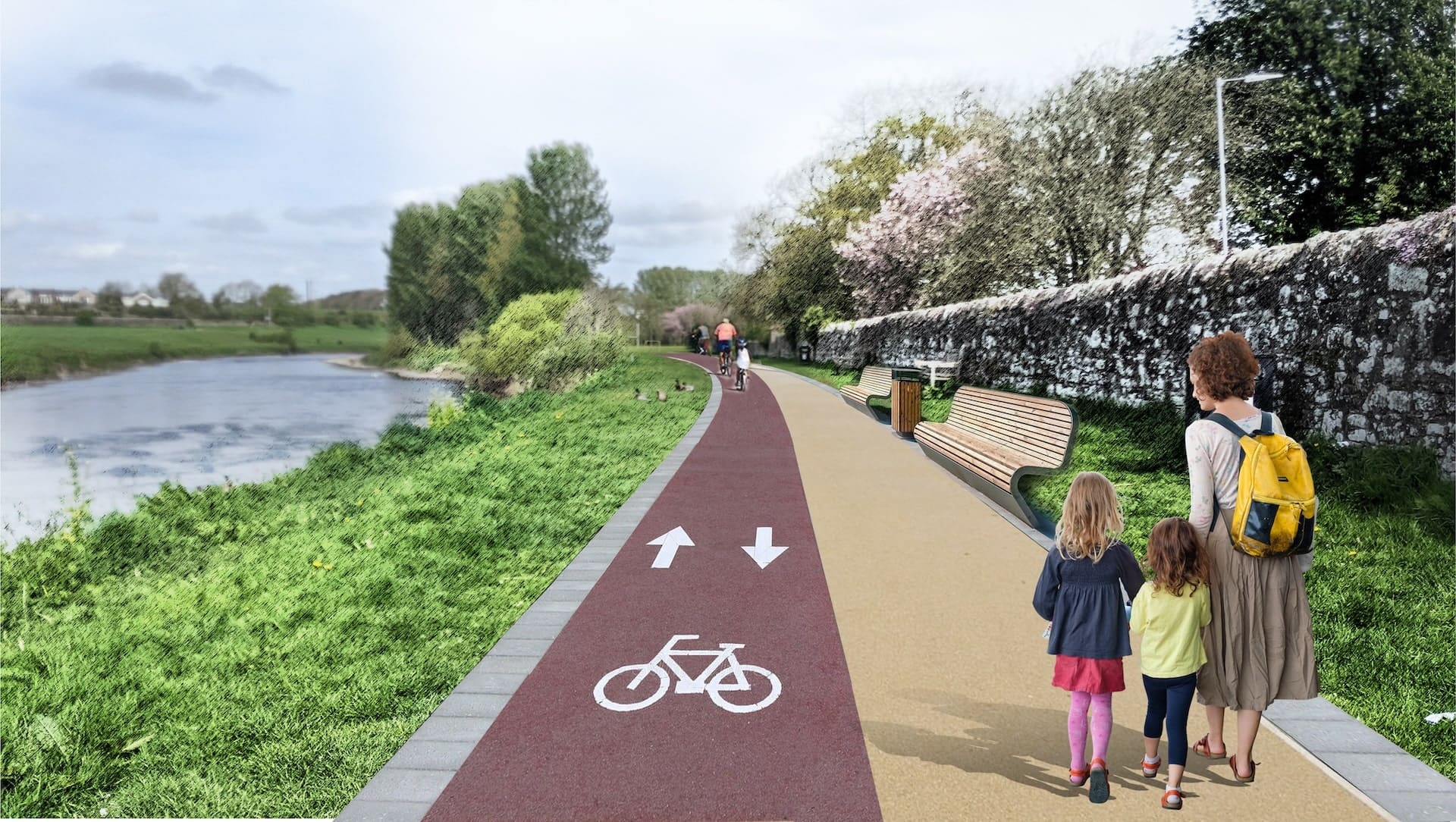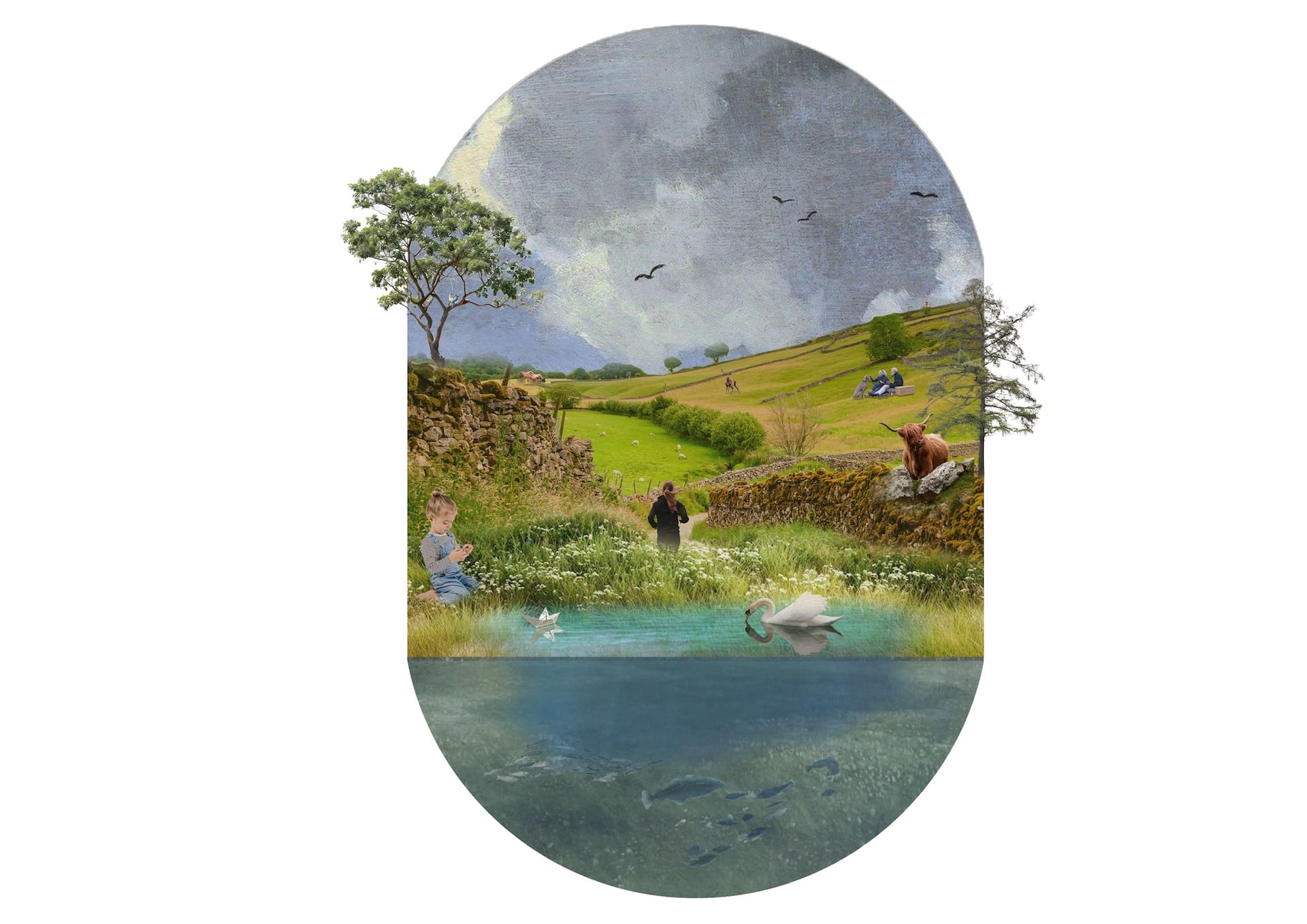Written by Rashmi Pai Dongerkerry
Responsive Design refers to the design and planning of outdoor environments that adapt to and withstand the impacts of climate change.
As weather patterns become increasingly extreme and unpredictable, landscape architects focus on creating spaces that effectively manage stormwater, mitigate urban heat, conserve water resources, and support local biodiversity. Key strategies include incorporating native and drought-tolerant plant species, integrating green infrastructure such as rain gardens and bioswales, and designing adaptable public spaces that can accommodate flooding or evolving use patterns.
Green infrastructure plays a crucial role in climate resilience. Green roofs enhance building insulation, reduce the urban heat island effect, manage stormwater runoff, and create habitat for urban wildlife. At the regional scale, renewable energy infrastructure, including wind farms, supports the transition to sustainable energy systems that reduce greenhouse gas emissions. Sustainable transportation is fundamental to creating climate-responsive communities.
Encouraging walking and cycling over vehicle use reduces environmental impact while promoting healthier, more liveable neighbourhoods. These active transportation modes decrease traffic congestion and air pollution, contributing to cleaner, more vibrant urban environments. Communities can support this transition by investing in protected cycling infrastructure, pedestrian-friendly streetscapes, and accessible public transit systems powered by clean energy.
Climate-adaptive landscape architecture ultimately integrates aesthetic quality, functional performance, and environmental resilience to create sustainable environments that serve both human communities and natural ecosystems in our changing climate.











